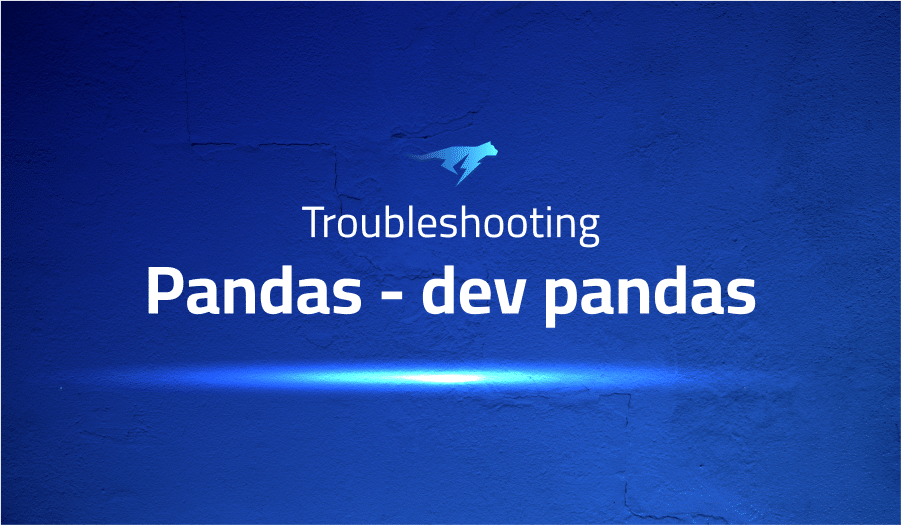

Troubleshooting Common Issues in Pandas dev pandas
Project Description
Pandas is a widely used open-source data analysis and manipulation library for Python. It is designed to make it easy to work with structured data, such as tables or data frames, and provides a number of tools for filtering, grouping, and transforming data. Pandas is particularly useful for working with data in tabular formats, such as data stored in CSV or Excel files. It provides a number of functions for reading and writing data to and from these formats, and for manipulating and cleaning the data once it has been loaded.
Pandas is widely used in a variety of applications, including data analysis, machine learning, and data visualization. It is a powerful tool for working with data in Python and is widely used in a variety of industries.
The “dev” in “Pandas dev” refers to the development version of Pandas. This is the version of Pandas that is being actively developed and is typically not yet released. The development version of Pandas may include new features or bug fixes that have not yet been included in a released version of the library. If you are using the development version of Pandas, it is important to be aware that it may not be as stable as the released version and may contain bugs or other issues.
Troubleshooting Pandas dev pandas with the Lightrun Developer Observability Platform
Lightrun is a Developer Observability Platform, allowing developers to add telemetry to live applications in real-time, on-demand, and right from the IDE.
- Instantly add logs to, set metrics in, and take snapshots of live applications
- Insights delivered straight to your IDE or CLI
- Works where you do: dev, QA, staging, CI/CD, and production
Start for free today
The following issues are the most popular issues regarding this project:
Adding (Insert or update if key exists) option to `.to_sql`
When an INSERT OR UPDATE query isn’t compatible with certain database engines, you can ensure its engine-agnostic nature by using the handy INSERT OR REPLACE. To guarantee a successful transaction, make sure to delete rows from your target table for primary keys listed in the DataFrame index and then proceed to insert all of that data into the said frame.
df.plot bars with different colors depending on values
It appears that you may be experiencing some difficulty, perhaps due to the fact that each bar has its own unique color here:
n=6
df = pd.DataFrame({“a”:np.arange(1,n)}) df[‘a’].plot(kind=‘bar’, color=tuple([“g”, “b”,“r”,“y”,“k”]))to_csv and bytes on Python 3
Unravel the solution by taking this step:
df['Column'] = df['Column'].str.decode('ascii') # or utf-8 etc.
Changing the data type to ‘str’ isn’t enough – b” wrappers are still popping up in your CSV files.
Inconsistent behavior for df.replace() with NaN, NaT and None
For those seeking an efficient and hassle-free solution to removing NaNs and NaTs from their dataframes, replacing the NaT values first can be a remarkably straightforward approach.
# Note that the order here matters!
df = df.replace({pd.NaT: None}).replace({np.NaN: None})When using to_sql(), continue if duplicate primary keys are detected?
For this task, append_skipdupes offers an ideal solution. It ensures no duplicates are added while also providing a convenient way to complete the job.
It’s Really not that Complicated.
You can actually understand what’s going on inside your live applications.




